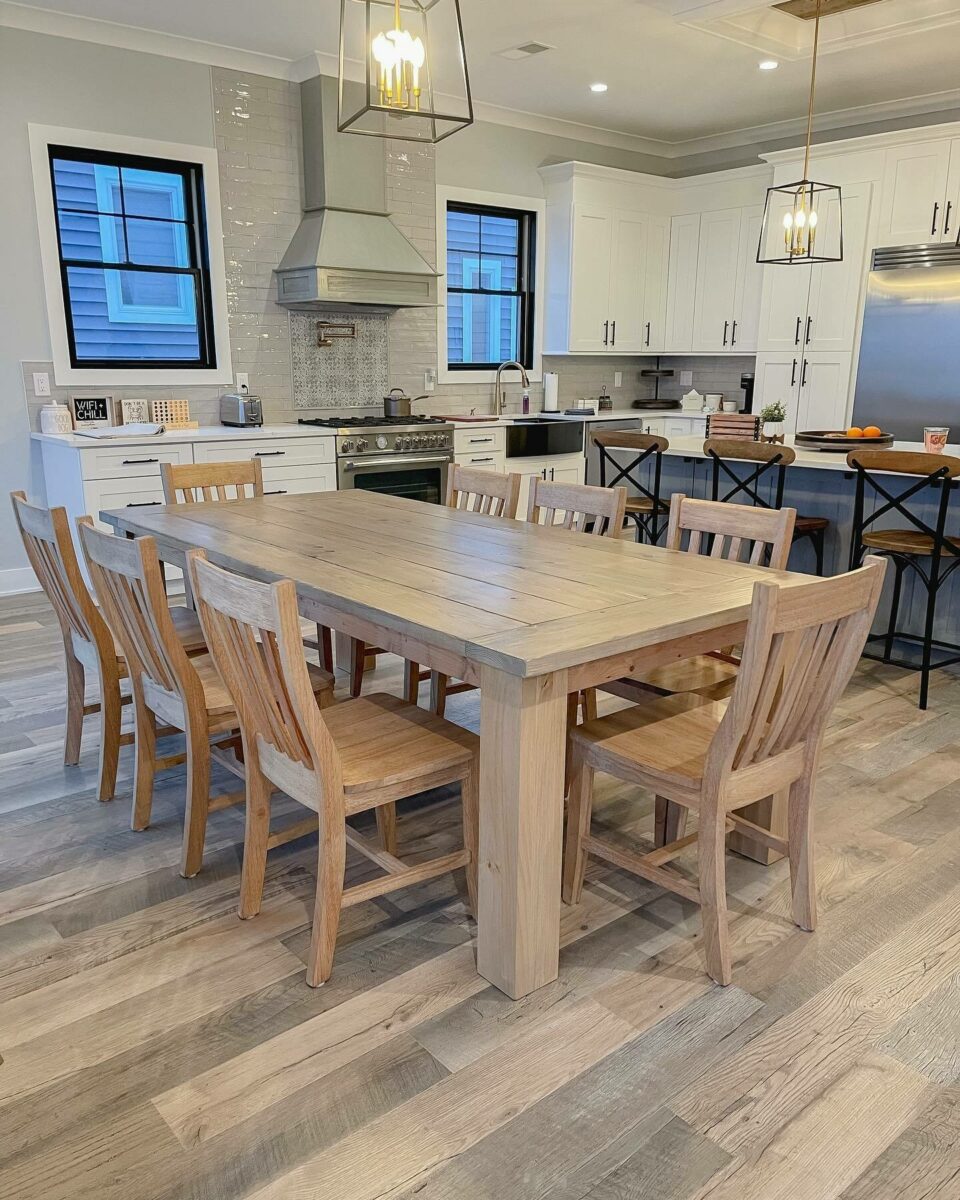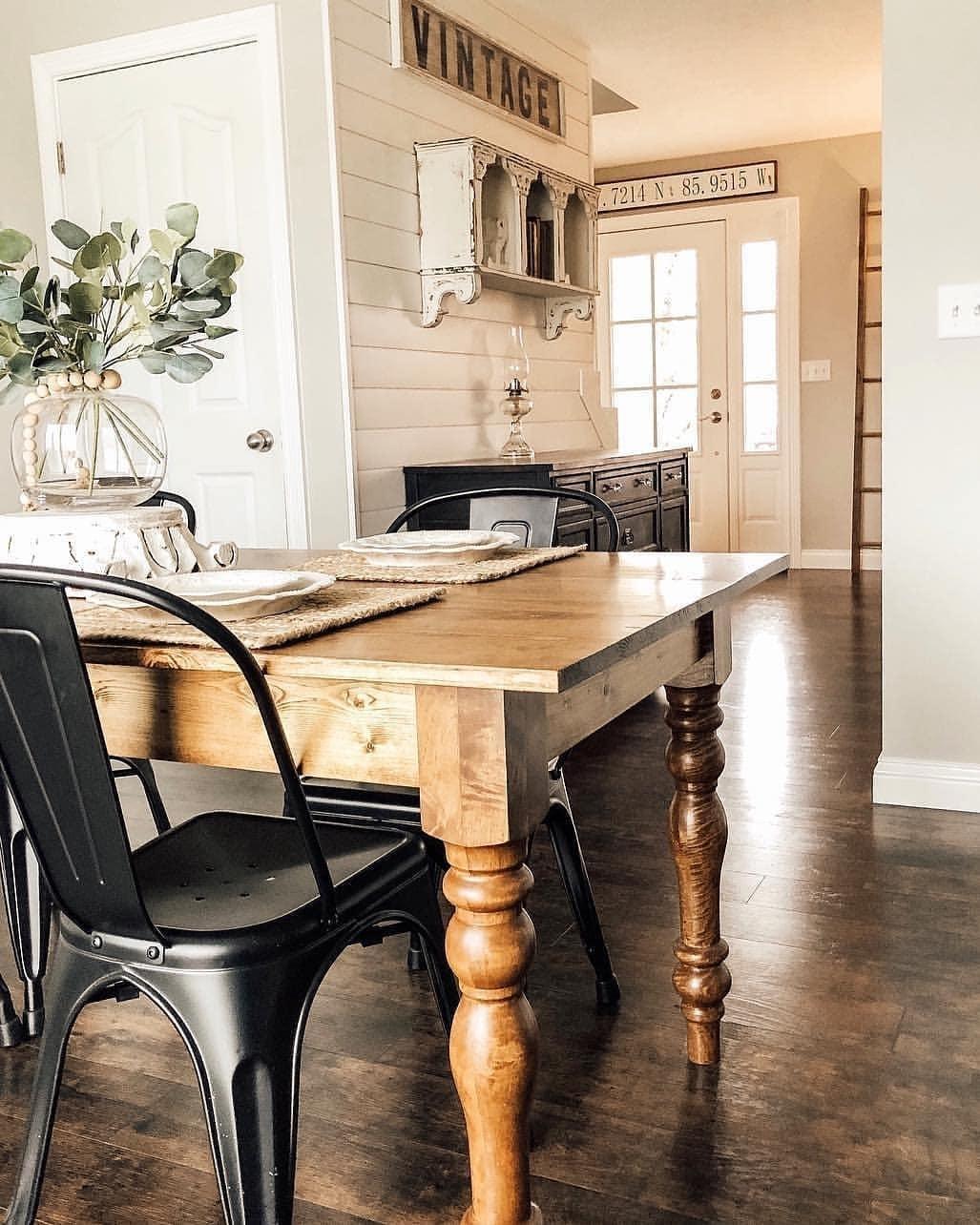The Ultimate Guide to Selecting Durable Dining Room Table Legs
Wiki Article
Dining Table Legs: Just How to Select the very best Designs for Your Room
Picking the ideal dining table legs is crucial for both visual and practical consistency in your dining area. Whether your area flaunts a smooth, modern ambiance or leans in the direction of a much more standard setting, the design of the legs can substantially affect the general look. Tapered legs exude contemporary elegance, while turned legs offer a nod to classic charm.Evaluating Your Dining-room Design
How do you establish the most effective table legs for your room? The solution begins with a detailed assessment of your dining-room style. A natural design makes sure that your table legs boost the overall aesthetic rather than encounter existing elements. Beginning by observing the building features of your dining-room. Exist famous qualities such as subjected beams, intricate moldings, or minimal lines? These details commonly determine whether a standard, rustic, modern, or industrial style is most ideal.
Following, take into consideration the existing furnishings and style. The products, colors, and textures within the space play a vital function. An eating area with smooth, modern chairs and metal accents may profit from simple, streamlined table legs. Alternatively, a space loaded with classic pieces and abundant fabrics may call for luxuriant, sculpted legs.
Huge, open dining areas can accommodate much heavier, much more substantial legs, whereas smaller spaces call for more fragile, inconspicuous designs. By thoroughly examining these variables, you can choose dining table legs that harmoniously blend with your eating area's style.
Popular Leg Styles Discussed

One common design is the tapered leg, renowned for its sleek, contemporary appearance. Next, the turned leg functions intricate spindle-like designs, usually found in conventional and farmhouse settings.
Cabriole legs, with their distinct curves, are identified with French Provincial and Queen Anne furniture. Their stylish, flowing lines bring a sense of sophistication and historical beauty (dining room table legs). For those favoring a durable and uncomplicated design, square legs give sturdy assistance and a clean, geometric appearance, perfect for commercial or minimalist spaces
Finally, barrette legs use a retro, mid-century modern-day vibe. Made from steel, these legs are both light-weight and strong, including a special aesthetic comparison to wooden tabletops. Comprehending these designs will direct you in choosing table legs that enhance your space's aesthetic and functionality.
Material Factors To Consider

Timber is a traditional choice, understood for its warmth and versatility. It is available in numerous varieties such as oak, walnut, and maple, each offering distinct grain patterns and colors. Metal legs, usually made from stainless steel, iron, or aluminum, supply a modern-day and industrial look while making certain robust assistance. They are usually extra immune to deterioration, making them a sturdy choice.

Other materials like bamboo or rattan supply eco-friendly options, bringing a natural and loosened up vibe to the eating area. Each product has its pros and cons, and the best choice will rely on your particular demands and preferences.
Harmonizing Visual Appeals and Capability
Attaining the best equilibrium between visual appeals and performance is crucial when selecting table legs. While the visual allure of table legs can dramatically boost the total atmosphere of an eating space, their functional elements can not be overlooked. The design of the legs have to balance with the space's design, yet they must also supply sufficient support and stability for the table.Consider the building layout of your space. Sleek, modern-day interiors might benefit from minimal, steel legs that provide a tidy and unobtrusive look. On the various other hand, traditional setups frequently complement turned or sculpted wood legs that add a touch of beauty and sophistication.
Functionality includes the security and longevity of the legs. As an example, trestle legs, understood for their robustness, can provide strong support for bigger tables, making them perfect for families or frequent performers. dining room table legs. Conversely, pedestal legs can offer more legroom and flexibility, enabling for better seats setups
Moreover, the height and positioning of the legs are crucial for comfortable dining. Legs put also much internal may hinder seating, while those as well close to the edge can restrict activity. Hence, thoughtful factor to consider of both visual look these up and practical aspects is extremely important for an ideal dining experience.
Personalization and DIY Options
Customization opens up a world next of possibilities for developing dining table legs that are uniquely customized to your taste and demands. Whether you seek a conventional, modern-day, or diverse look, individualized options enable you to choose the exact products, finishes, and designs that ideal enhance your space. Personalized choices range from picking the sort of timber-- such as oak, maple, or walnut-- to choosing steel surfaces like combed nickel or antique brass. Details layout aspects, such as transformed legs, tapered forms, or complex makings, can be incorporated to reflect your style.For those inclined towards do-it-yourself (DIY) projects, producing custom-made table legs supplies both a satisfying experience and the chance to accomplish a bespoke visual. DIY lovers can source basic materials and make use of woodworking or metalworking devices to craft legs that satisfy exact requirements. Furthermore, numerous on-line tutorials and workshops supply guidance, making the procedure extra obtainable for novices.
Ultimately, whether selecting expert personalization or beginning on a DIY venture, visit this site right here the ability to tailor table legs guarantees that the end product integrates with your indoor design vision, enhancing both functionality and visual appeal.
Final Thought
Choosing the appropriate eating table legs needs cautious consideration of the overall design of the eating space, consisting of existing architectural functions and furnishings. Ultimately, the chosen table legs should complement the design, supplying both visual appeal and practical assistance.Report this wiki page